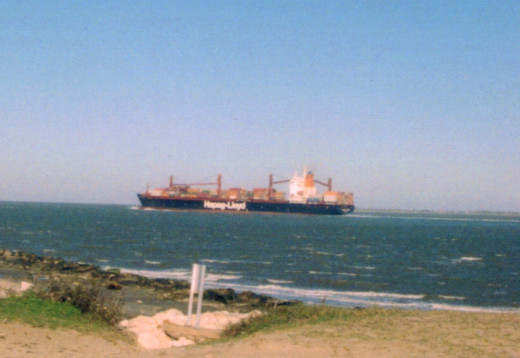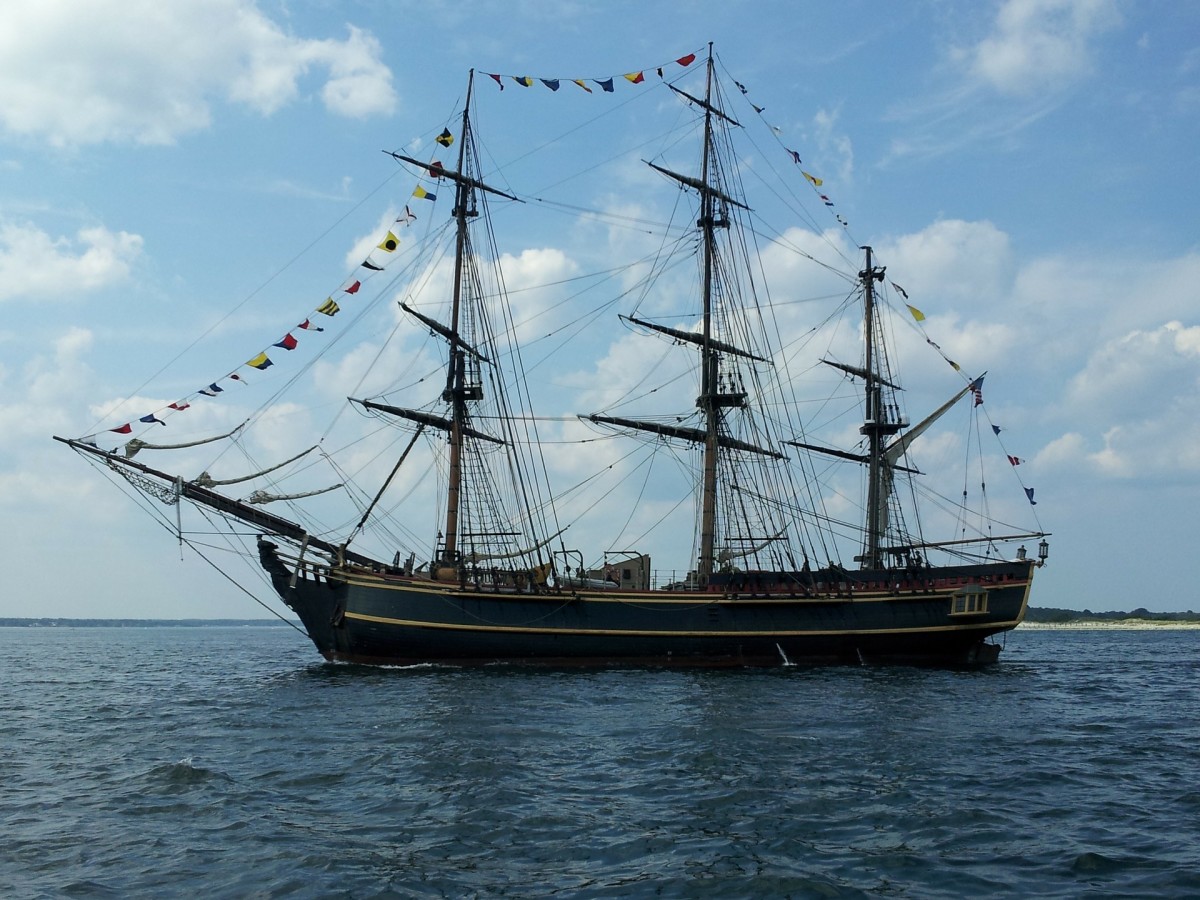Clichéd Terms from the Old Sailing Days

By Joan Whetzel
Industry specific jargon creeps into general usage every day. These words and phrases become part of our daily language. Nautical terminology is no exception. The terms in the list below are but a few of the nautical words and phrase that we use all the time, and probably wondered where they came from and what they mean.
Meanings of the Cliched Nautical Phrases
As the Crow Flies: When ships were lost at sea, they would take out their caged crow and let it fly. The crow would fly straight toward the nearest land mass, giving the ship's navigator the direction he needed to sail. Today, this phrase means “the straightest route between two points.”
Bamboozle: In the days of ships with sails, ship’s captains attempted to bamboozle (deceive) passing ships into believing that their ship sailed for a different nation or shipping company by flying the flags from a ship or nation other than the one they came from (a common practice of pirates). Today it means to hoodwink or trick others on purpose as a joke.
Footloose: In sailing, the bottom part of the sail is called the footing. If the footing on the sail is not secured, it is said to be footloose. Today footloose means that a person can do as he or she pleases due to a lack of attachments, prior engagements, anything tying him or her down.
Geedunk: Okay, so this word is not in common use, but it should be because it's such a fun, juicy noun. This word has been used by US sailors since WWII to refer to any snack or drink purchased from a vending machine due to the sound made when the product is dispensed.
Mind Your Ps and Qs: When ships came into port, the sailors flocked to the local bars for beer. The bartenders allowed them credit until payday but kept running tallies of every pint ("P") and quart ("Q") each sailor drank, so the bartender knew how much was owed come payday. The Ps and Qs were posted on a chalk board behind the bar, and the bartender would tell the sailors to mind their Ps and Qs so they wouldn't drink more than they could cover on payday. Today, the phrase "mind your Ps and Qs" is a reminder to be on one’s best behavior.
Scuttlebutt: Onboard ship, the scuttlebutt was a covered barrel of water with a hole cut into so that the sailors could ladle out drinking water. They frequently stood around the scuttlebutt, exchanging gossip. Today, the word scuttlebutt means “the latest gossip. “
Skyscrapers: Currently, the term skyscraper is used to mean an extremely tall building. For sailors of old, skyscrapers were the highest, useful sails on the ship. Ships had some small sails set up high on the mast, but they were not of much use in a stiff wind, as compared to the skyscrapers.
Three Sheets to the Wind: In the days of sailing ships, the ships used four main sails. Sometimes the sails would become loose during strong storms – referred to as one to four sheets to the wind. With one sheet to the, the ship was only somewhat difficult to handle. However when the ship was 4 sheets to the wind, the condition caused to weave all over like a drunken sailor. After a time, the phrase was used to refer to any sailor who had drunk too much.If he was one sheet to the wind, he was only slightly inebriated. By the time he was three sheets to the wind, he was so smashed he could barely walk under his own power.
The Whole Nine Yards: Three-masted ships had three square sails for each mast. With all of the sails in use at the same time, it was referred to as the "whole nine yards" being in use. Today, the phrase means giving it everything you've got.
Sailor’s Poem
Red skies at night.
Sailors delight;
Red skies in the morn,
Sailors forewarned.
This poem was a reference to the weather and used to predict storm. Since hurricanes move from East to West, the skies tend to be red in the morn(-ing). That means that the clouds are that are building off to the East, reflect the red glow of the rising sun. These red storm clouds in the East indicated a storm building and heading in from the East, very likely a hurricane. So red clouds and skylines in the morning forewarned the sailors that it was not a good day to sail.
If the red, setting sun sets the sky and clouds aglow in the Western sky, that the means the storm is on its way out. And the sailors delight to in returning to sea the next day.
It’s always fun to learn new words, or find out how the old worlds have evolved to include newer, contemporary meanings. Keep setting your sights on interesting industry jargon, and see if there are any new and creative ways to use the words and phrases.






